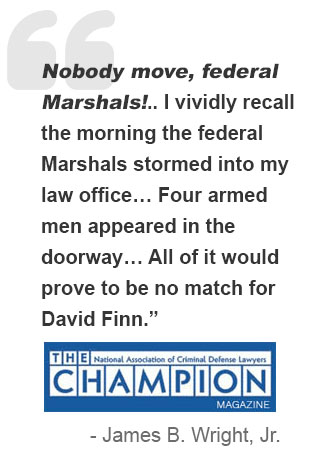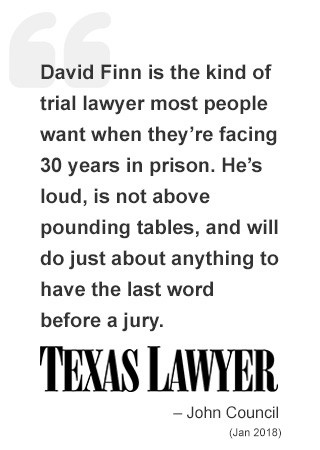


Gall & Kimbrough: Crime and Punishment in Federal Court
As many of you know, the first shot fired in the modern Sixth Amendment revolution left the Supreme Court’s muzzle seven years ago in Apprendi v. New Jersey.
In that opinion, the Court explained that the Sixth Amendment mandated that “other than the fact of a prior conviction, any fact that increases the penalty for a crime beyond the prescribed statutory maximum must be submitted to a jury, and proved beyond a reasonable doubt.”
The Supreme Court then retreated to its foxhole and watched as the federal district and appellate courts wrestled with this new mandate.
Several years later, the Supreme Court issued an opinion in Blakely v. Washington, which clearly signaled that the mandatory Federal Sentencing Guidelines were squarely in the Court’s crosshairs.
A short time later, in 2005, the Supreme Court handed down United States v. Booker, which held that mandatory federal sentencing guidelines were unconstitutional.
The Court again retreated to the safety of the sidelines for a couple of years, and the lower courts struggled to make sense of this sometimes confusing decision.
Then, in Gall v. United States and Kimbrough v. United States , two companion cases decided on December 10, 2007, the United States Supreme Court finally restored enormous discretion back to the sentencing courts.
In Gall v. United States, the district judge gave Gall a sentence of 3 years probation when his final advisory guideline range was a prison term of 30-37 months. The government appealed and the appellate court reversed the district court’s decision, finding that the probated sentence was “extraordinary” because it amounted to a 100% downward variance from the Guidelines.
The Supreme Court reversed the appellate court and backed the district judge’s decision. Gall was a young guy who really turned his life around. He left the drug conspiracy two years before being contacted by law enforcement, he readily admitted his involvement in the MDMA conspiracy, he got off of drugs, and he started a successful business. The Court also noted that the sentencing judge carefully worked through the Section 3553(a) factors and set forth the methodology and reasoning for the sentence.
In Kimbrough, the district judge gave him a sentence of 15 years in prison for drug conspiracy when his Sentencing Guideline range was 19 to 22 years. The government appealed, and the appellate court vacated the sentence for being too low.
Again, the Supreme Court reversed and held that the 15 year sentence was reasonable. The Court noted that Kimbrough had no prior felony convictions, he honorably served in the U.S. Marines and saw combat, and he had a steady employment record. The district court also stressed that the case “exemplified the disproportionate and unjust effect that crack cocaine guidelines have in sentencing.”
The bottom line to these decisions is that federal judges can once again behave like judges, and use discretion, common sense, and fairness in handing down punishment.
And they now know, via Gall, that the appellate courts grading the district court homework will have to apply a deferential abuse-of-discretion standard when evaluation the propriety of a given sentence.
If you or someone you love is interviewing prospective counsel for defense against a federal criminal case, ask them about Gall and Kimbrough. If they look puzzled or otherwise indicate that they are not familiar with these powerful Supreme Court decisions, excuse yourself and head for the door.
David
Phone Numbers
Office: (214) 538-6629







